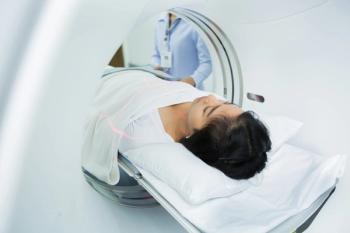
MRI Data Suggest Quadricep Tissue Grafts Superior for ACL Repair
Researchers compared graft maturity between quadricep and hamstring tendon autografts using signal intensity ratio.
Among patients who underwent repair of the anterior cruciate knee ligament (ACL), tissue grafts from the quadriceps appear to be superior to those from the hamstring, according to an analysis of MRI data. The findings were presented at the American Orthopaedic Society for Sports Medicine – Arthroscopy Association of North America Combined 2021 Annual Meeting.
In order to compare graft maturity, investigators from the Hospital for Special Surgery compared MRI signal intensity of tendon autografts from the quadriceps versus those from the hamstring in patients undergoing primary ACL reconstruction.
The study included 71 patients under the age of 18 who underwent ACL reconstruction between 2011 and 2018, with 38 in the hamstring tendon autograft (HTA) group and 33 in the quadricep tendon autograft (QTA) group. MRIs were conducted at 6- and 12-months post-op. Signal intensity ratio (SIR) was measured on sagittal MRI by averaging the signal at three regions of interest along the ACL graft and dividing each by the signal of the tibial footprint of the PCL.
The investigators, Daniel W. Green, M.D., and Frank A. Cordasco, M.D., observed no significant difference in SIR between groups at the 6-month post-op MRI. However, at the 12-month MRI, patients in the QTA group had an SIR significantly lower than those in the HTA group (P =.029). Notably, no significant difference in SIR was noted between time points in the HTA group; however, they did observe a significant decrease in SIR in the QTA group between the 6- and 12-month post-op MRIs (P =.045).
“The decrease in signal between six and 12 months post-operatively suggests quicker graft maturation and improved structural integrity of QTA as compared to HTA,” Dr. Green said in a statement. “This provides evidence that one year postoperatively, QTA may have a superior rate of incorporation and synovialization as compared to the HTA.”
Newsletter
Stay at the forefront of radiology with the Diagnostic Imaging newsletter, delivering the latest news, clinical insights, and imaging advancements for today’s radiologists.




























